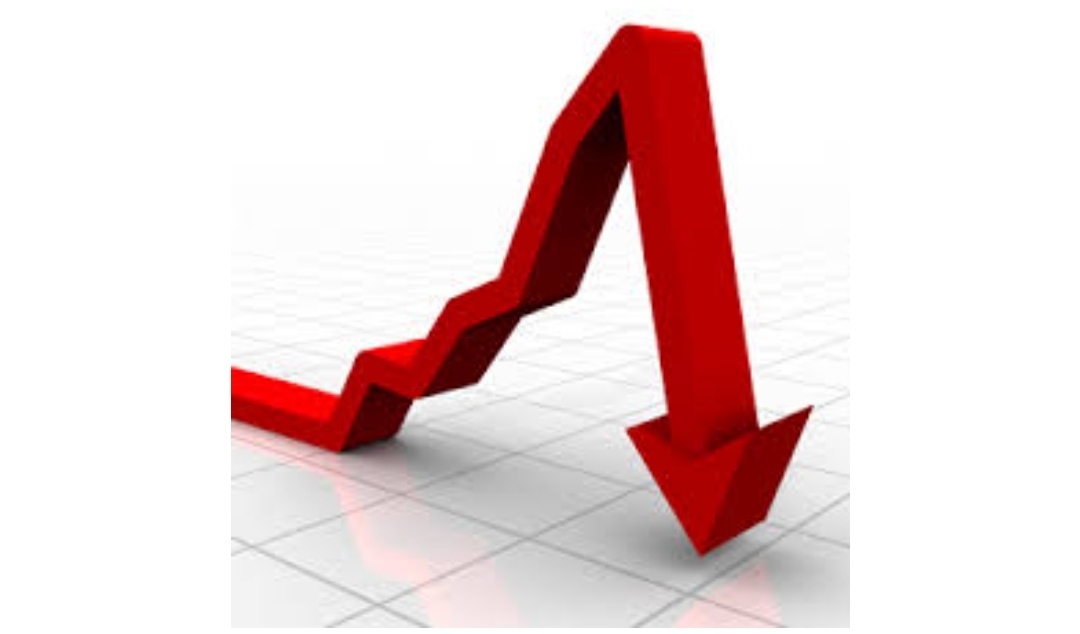Low productivity leads to decline in Paki export by 10% in this fiscal

Pakistan’s exports have continued to decline for the seventh month in a row and have experienced a huge dip. According to The Nation, the clothing and textile industry seems to be the most affected, especially factoring in the low cotton yield this season with 4,912,069 bales. This means that Pakistan produced 34 per cent less cotton than last year, making this yield the lowest it has been in the last four decades.
Paki Media say that Pakistan is in deep water would be an understatement at this point in time as all statistics point towards an unavoidable economic decline.
The first nine months of the current fiscal year saw a decline of 9.87 per cent in exports, primarily due to internal and external factors relating to industrial closures, political instability and high costs.
Pakistan has for the seventh month in a row experienced a decline as losses for the month of March alone have amounted to USD 2.36 billion. This reflects the poor economic situation that we have been trapped in, and there seems to be no escape as matters keep getting worse with every month.
Pakistan Cotton Ginners Association (PCGA) recently brought attention to extremely low cotton yields. The textile industry has an annual demand of at least 15 million bales and the way it stands right now; this season was only able to produce 5 million.
This means that the country will have to import 10 million bales, marking a drastic shift from the country being an exporter of cotton, to an importer. Of course, the circumstances that led to the destruction of the crop were beyond our control, but effective government policies could have mitigated the damage. But alas, we have not addressed key challenges the floods posed, according to The Nation.
The only way that we will be able to save ourselves from such depressing economic development is through encouraging activity that will boost productivity. The government needs to redirect its attention to the economy and remove existing distortions by allocating resources better, focusing on tax policies, export schemes, agricultural subsidies and better working conditions. It must further encourage private investment and improve the business climate such that the costs associated become reduced. Only through enacting such steps will we be able to revitalise our economy.




